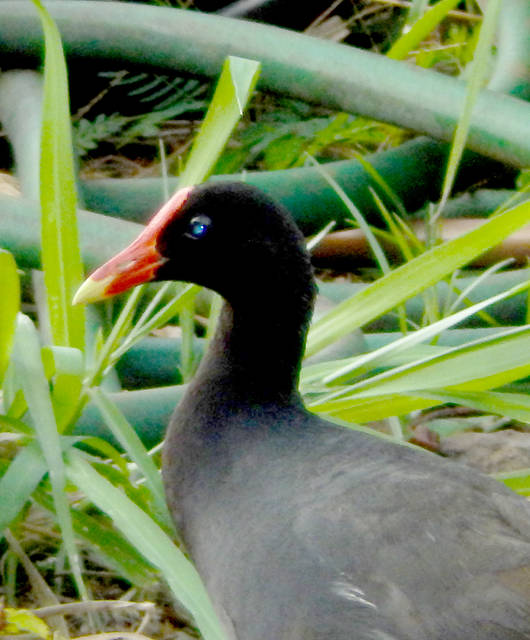POIPU — Species are springing to life on Kauai’s South Shore that haven’t been seen in more than 200 years, and it’s wetland rehabilitation that’s making it happen.
The action is at Makauwahi Cave Reserve, a limestone cave surrounded by former agriculture and sugarcane land that’s been dubbed the richest fossil site in all the Hawaiian Islands.
It all started in 1992 with fossil research in Makauwahi Cave sediment, which hosts microscopic fossils like pollen and algae, DNA fragments, Hawaiian artifacts and fossilized goat teeth, bird bones, land crabs and small snails.
After finding the array of fossils in the cave, researchers began to look at the surrounding area, which was a wetland before agriculture and the limestone quarry took over.
“Plants and animals represented as fossils aren’t around anymore, but we wondered what would happen if we brought some of them back,” said David Burney, professor of conservation paleobiology, who has been involved in projects at the cave reserve for years.
So, in 2002, Burney and a few partners started hacking away at the invasive guinea grass and haole koa and started planting things.
“Now, we’re monitoring about 4,000 plants a year. We do a census every six months or so and there are about 80 species of native plants down there,” Burney said. “Roughly half of them are reproducing on their own now instead of having to grow starts in the nursery operation.”
Those plants are growing within and around about 15 ponds that have been created where taro lo‘i were located before sugarcane became an industry on Kauai. Each pond shows kalo, or taro, at different stages, and how it intermingles with other native plants.
“It’s been a wonderful success as a wetland project in a place where there was nothing but guinea and haole koa. It’s been a struggle, taken a lot of work,” Burney said. “A number of these plants haven’t grown there in 200 years or more.”
Native water birds are also frequenting the wetland, and Burney said different native and endangered waterfowl species can be seen on a daily basis in the area, including Koloa ducks, Hawaiian moorhen and Hawaiian stilt.
“Koloa duck is one of the rarest kinds of waterfowl in the world, and Kauai is one of the last strongholds,” Burney said. “We see other kinds of interesting birds, too.”
The wetlands at Makauwahi Cave Reserve are just one of several across Kauai, and there are many ongoing projects to manage wetlands in places like Hanalei National Wildlife Refuge and at Huleia National Wildlife Refuge.
Those two refuges are managed by the staff at the Kilauea Point National Wildlife Refuge and staff with the U.S. Fish and Wildlife Service.
“Our biological staff, interns, as well as the habitat manager and staff, continue to work in Hanalei and Huleia to monitor endangered wetland birds species, remove invasive species and encourage native and other species that are beneficial to wetland birds’ lifecycle,” said Jennifer Waipa, USFWS spokeswoman for the Kilauea Point refuge.
At the Alakai Wilderness Preserve, known as the world’s highest rainforest and swampland, native plant restoration is ongoing, and a project to repair the boardwalk through the mountain bog has been in the works.
February marks world wetlands appreciation month, and though the date of World Wetlands Day is annually Feb. 2, officials on Oahu celebrated the event with tours of wetlands within Oahu’s Kailua ahupua‘a.
On Kauai, the focus has been purely on management, with projects like the removal of red mangrove from the Huleia area and the ongoing wetland rehabilitation project at Makauwahi Cave Reserve.
•••
Jessica Else, environment reporter, can be reached at 245-0452 or jelse@thegardenisland.com.






